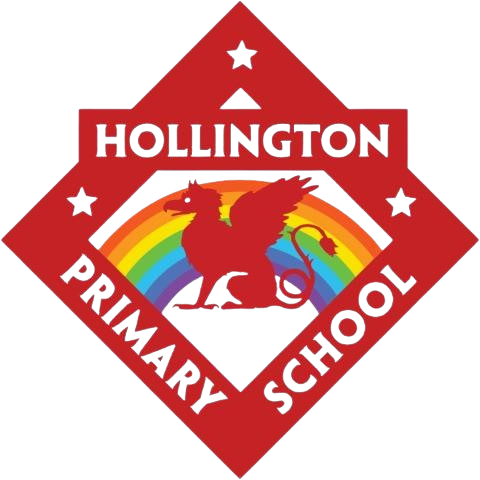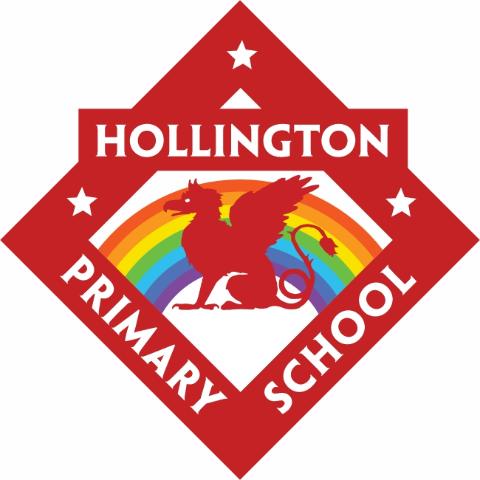Curriculum Rationale
Intent
The curriculum in our school is designed to inspire and motivate children. Our aim is for every child to experience ‘an extraordinary school day’ every day. We place children at the heart of the learning process through a bespoke ‘Teaching and Learning Model.’ The Model, which is rooted firmly in research and analysis of effective learning and teaching, translates the Trust’s Expectations into classroom practice. This Model has been developed and embedded to provide consistency and continuity for all children.
We use the International Primary Curriculum (IPC) as a framework for learning. IPC provides a clear, thematic approach which ensures coverage of the National Curriculum. The thematic approach links well with our intent to make all learning exciting, active and meaningful for all our children
We are committed to the highest quality teaching across the whole curriculum and promotes the use of specialist teachers to facilitate this. We currently have a specialist teacher of PE in our school.
Implementation
The IPC is used from Year 1 to Year 6 as the core framework for learning in the majority of subjects.
The White Rose Mathematics scheme, supplemented by additional resources, is used for teaching and learning in Mathematics. This was selected for its accessibility and strong approach to mastery.
Little Wandle Phonics is used across the trust and has been selected for the level of structure and resourcing available.
In EYFS a thematic approach is used and this is being developed to link with the IPC units in our long-term plan.
Our teaching and learning model is designed and implemented in such a way that it builds on prior knowledge and skills and lays the foundation for future learning. Lessons are designed to be engaging and challenging with learners actively involved.
Our curriculum planning has been designed so that subjects are taught independently and interdependently and supplemented by a wide range of opportunities and enrichment activities which allow for cross curricular learning. This enables learners to see the ‘Big Picture’ of their learning and to make connections both through and across different subjects.
Learning Ladders for each subject show the knowledge, skills, understanding and vocabulary that pupils are expected to master each year in each subject and unit of learning.
Threads of learning show how a concept is developed over time from EYFS to Year 6.
Learning questions map out the learning sequence.
Knowledge organisers show the knowledge for each unit of learning is covered within the school context.
Our subject leaders work in partnership with others across the Academy schools and within a core framework to ensure consistency and continued development of each subject.
Through subject forums subject leaders across the Academy share planning, practice and resources, building and refining a central subject bank which is accessed by all teachers. This bank is used to drive consistency and reduce workload for our teachers and secure high-quality teaching and learning in every subject.
Impact
We review the impact of our curriculum continuously in a variety of different ways. We monitor how effectively our curriculum and enrichment provision provides opportunities for each unique pupil to reach their full potential.
We look at the quality and breadth of work seen in learner’s books, online and in the learning environment, pupil voice discussions, outcomes of assessments and quality of teaching and learning through learning walks. All of these tools help us assess the consistency, impact and relevance of our curriculum.
Monitoring and Evaluation
Senior Leaders and Subject Leaders monitor the way the curriculum is taught throughout the school in the following ways:
-
Book Looks (Coverage/Breadth/Progression)
-
Book Looks (Quality of work)
-
Learning Environment Looks
-
Pupil Voice Discussions
-
Learning & Teaching walks followed by developmental coaching
-
Analysing teacher assessment of their subject across the school
Pupil Outcomes
In our school, learning is at the heart of all we do so assessment is used to shape future learning. It is not excessive or onerous and forms part of the day to day working practices of the classroom. Teachers ensure that pupils embed key concepts in their long term memory. Key skills and objectives for curriculum areas are revisited throughout the year and applied in different contexts. We also use summative assessments to support the teacher’s overall assessment in these subjects.
The impact of our curriculum is also measured by assessment procedures that allow us to measure outcomes against schools nationally.
We constantly review our assessment process so it has the highest impact on improving learning.
Children take part in quizzes, used frequently, to measure progress. Teachers use ‘Knowledge Checks’ during lessons to ensure children can recall facts and information. A wide range of strategies such as questioning, cold calling and other classroom strategies are also used to assess knowledge.
We recognise that understanding develops over a period of time. ‘Big Picture Questions’ are shared at the beginning of a unit. These questions/statements are referred to throughout the topic. Children record their initial, developing and final responses to these questions/statements so that the development of their understanding is recorded.
Curriculum Coverage Schemes
|
IPC |
Other |
|
History |
Reading, writing and spelling- CLUSP |
|
Geography |
Phonics-Little Wandle |
|
Science |
Maths- White Rose |
|
Art |
PE- PE Pro |
|
DT |
RE- East Sussex agreed syllabus |
|
Computing (applied units) |
Computing-NCCE |
|
Music (applied units) |
|


